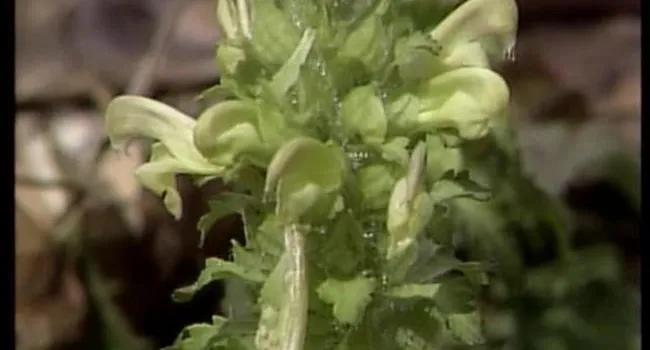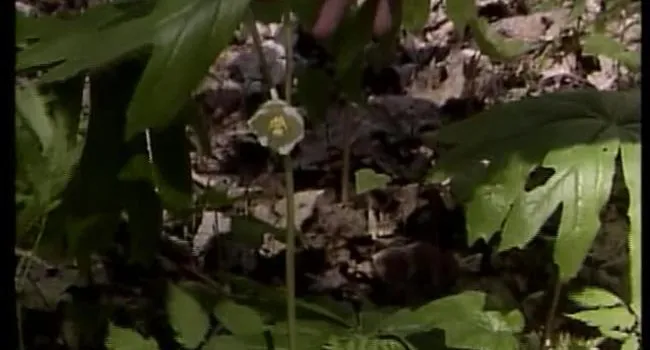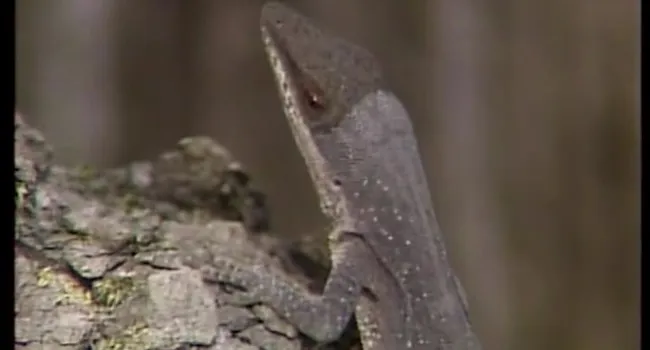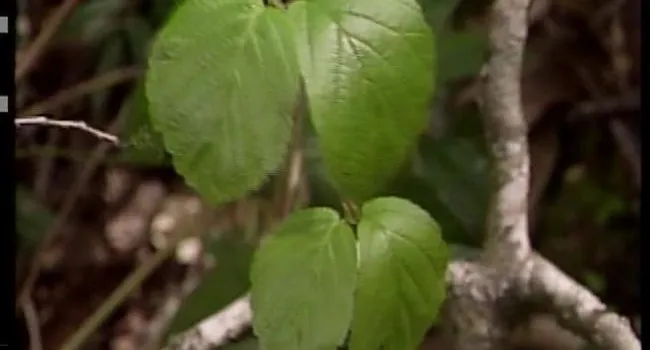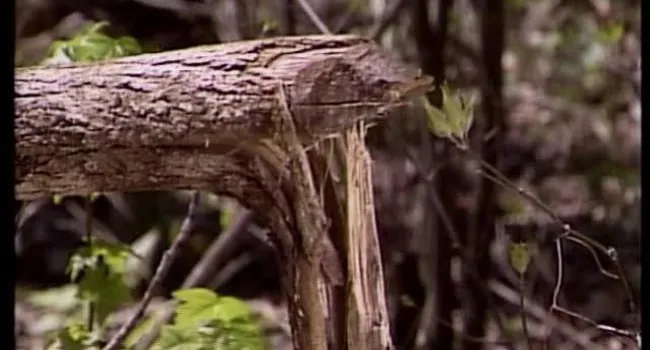
Appalachian Cove (S.C.) Stop 2
Episode
3
Video
Cove forests are very popular with visitors, due to the rich bottom soil found here. One animal which does very well in these areas is the beaver. Its work can be seen here with its telltale signs of...